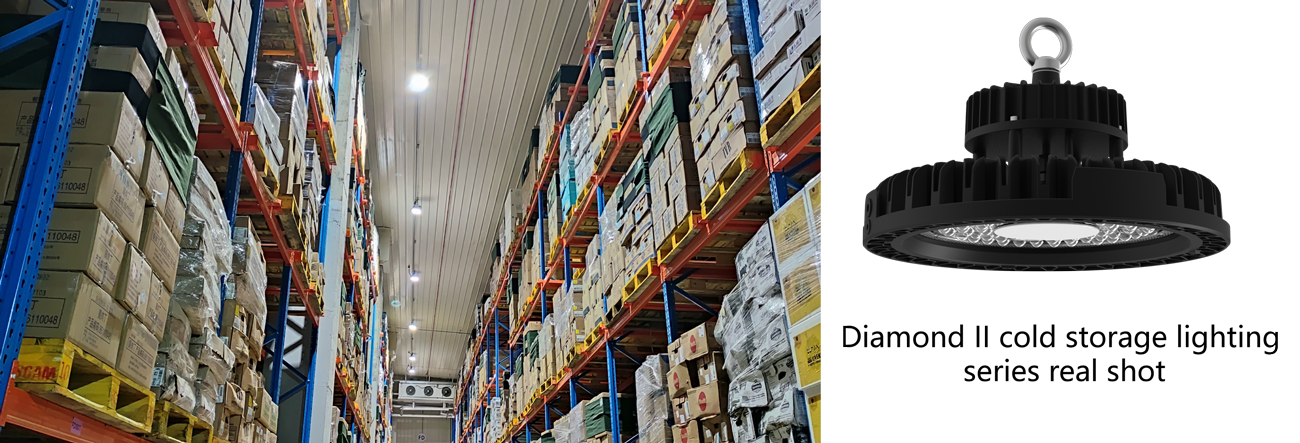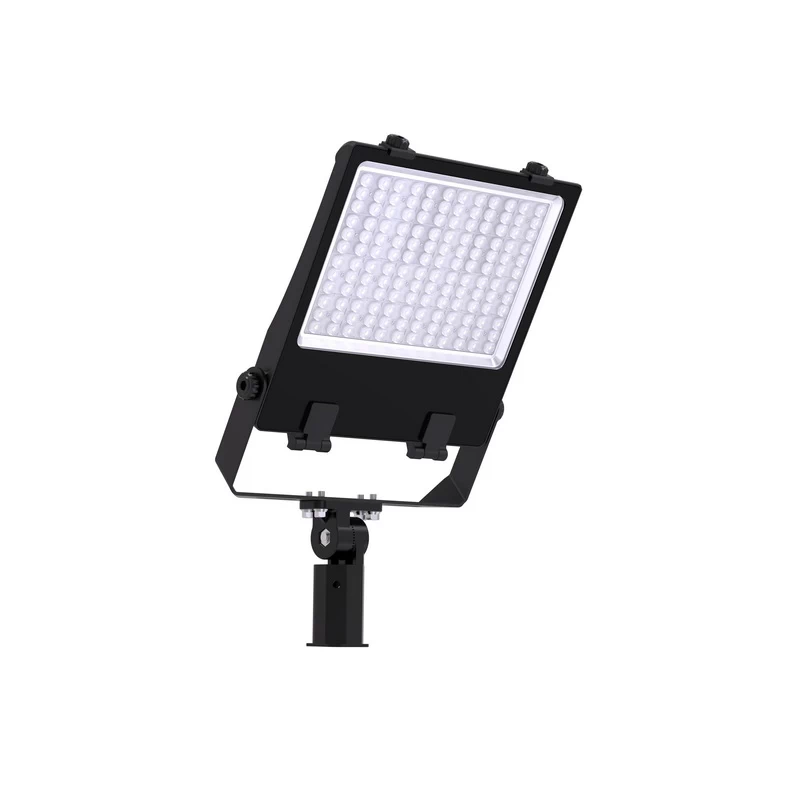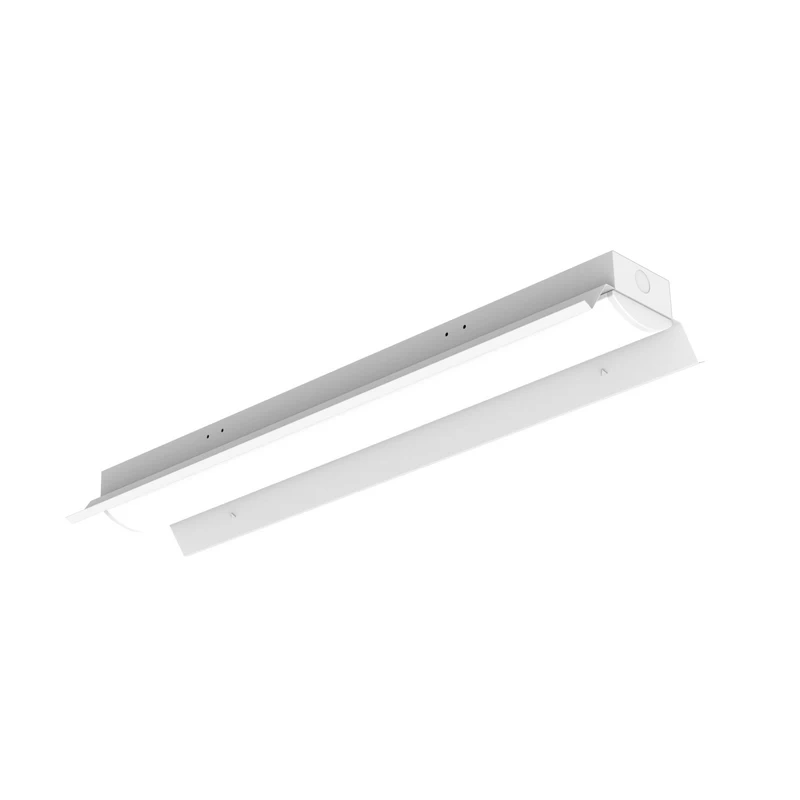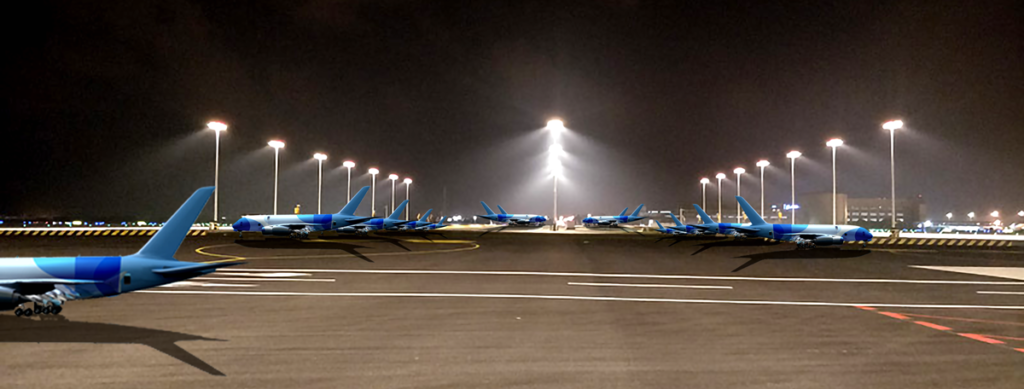Cold Storage Lighting – Luminaires in Extreme Cold
Cold storage lighting play an important role in preserving food, pharmaceuticals and other products on their way from production to retail stores. Sub-zero temperature creates great difficulties for lighting systems and can threaten the normal function of electronics. Conventional luminaires have been phased out due to limited lighting performance and high energy consumption.
If you run a business with cold storage facilities, you know that the cost associated with running cold storage is significant. Lighting costs are a part of overhead and are costly since luminaires are a source of heat.Understanding the basics of cold storage lighting, however, will make a substantial difference in your overall lighting costs and the performance of your lights.
LED lighting fixtures are widely used due to their energy saving and cost-effectiveness. But light sources aren't the only factor in cold storage lighting. Let's take a look at the reasons for the need for appropriate cold storage lighting and cold storage lighting requirements。
Why do you need proper cold storage lighting?
Cold storage differs from other applications due to the low ambient temperature. Products are stored in cold storage to maintain their quality and prolong their use. Those working in cold storage should wear thick, warm clothing and gloves to protect themselves from frostbite and even frostbite. Apart from clothing, lighting is also very important for worker safety.
Lighting problems such as glare, flickering and poor lighting reduce visibility and cause an accident. Prolonged exposure to glare can cause visual fatigue and damage to a person's eyesight. Also, glare is a bad feeling. Because it often causes people to feel anxiety, lack of concentration and other psychological disorders. It causes severe insomnia and headaches. Poor lighting conditions are dangerous and reduce the identification of objects in cold storage.
Proper lighting is really important. With proper lighting, workers have a clearer awareness of product labels and locations. In addition, workers feel safe in the bright and high visibility environment so they can avoid danger or accident while working or walking. The right lighting can increase employee productivity.
What are the cold storage lighting requirements?
In general, cold storage rooms do not receive sunlight and are completely dark. In order to use the cooling effect effectively, it should not be affected by sunlight and should be kept away from the sun. That's why lighting is really critical for product storage. Cold ambient temperature requires higher requirements for lighting.
Lighting levels are highly correlated with the visual experience. Workers need appropriate lighting to identify the product and the environment. Note that lighting levels need to be adjusted for specific tasks, environments and the type of objects in the cold store. Therefore, you should make the necessary lighting with the help of a professional team.
The cold storage light fixture should emit less heat to avoid strengthening the load on the cooling system. Also, less heat generation protects the products in the cold storage from being damaged or spoiled by the higher temperature. The lighting fixture also contributes to energy savings by emitting less heat. Lighting fixtures convert electrical energy into light and heat. Less heat generation means more light is converted. In other words, lighting fixtures that emit less heat mean less energy wastage.
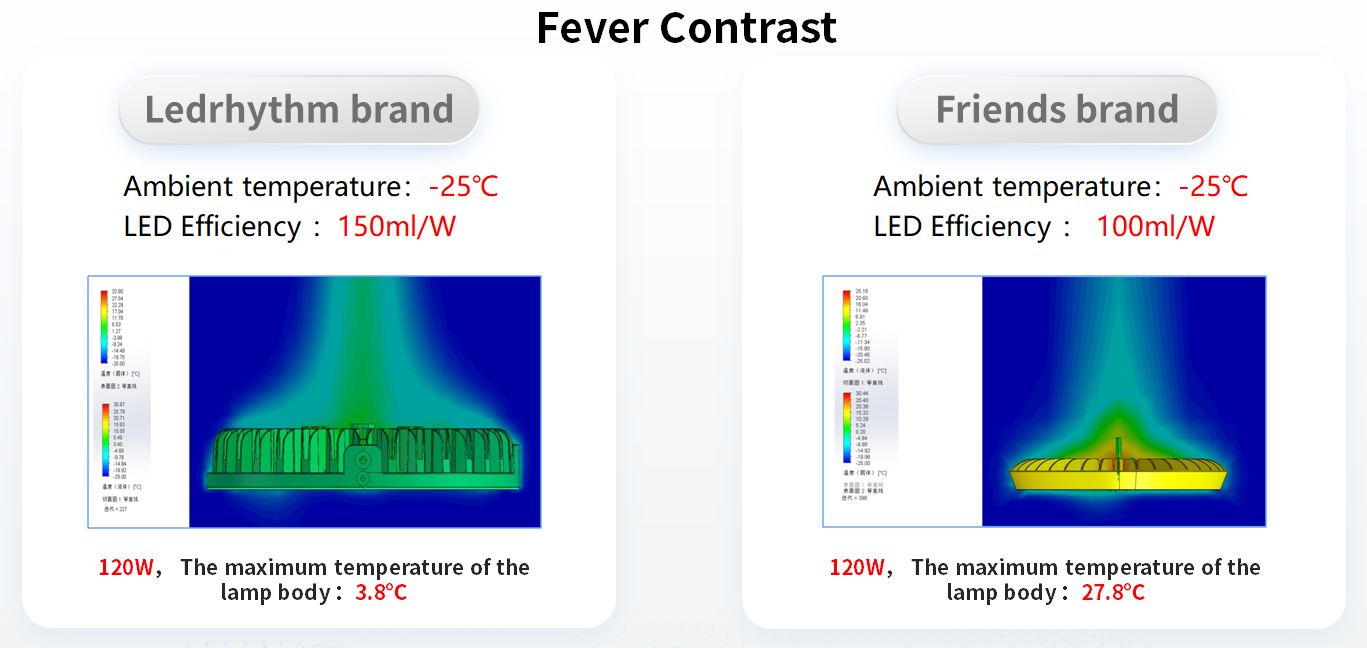
Lighting fixtures must be resistant to water and impact. Fixtures are generally cleaned with water and cleaner, they should be waterproof to prevent electricity leakage. LED lighting fixtures have excellent performance under cold temperature. They can be turned on and off instantly, so you should choose LED fixtures.
Energy consumption is closely related to the light source and operating time. As we all know, LED is the most efficient light source and saves up to 80% energy compared to traditional light sources. Installing sensors is one of the easiest ways to reduce energy consumption. Motion sensors are triggered by the movement of vehicles and people. Dynamic response saves more energy with no time or daylight limitation. Occupancy sensors can be used in low activity areas to save energy. Occupancy sensors enable individual corridor lighting to be switched on and off. Other sensors, such as the photo sensor, can also reduce energy consumption.


